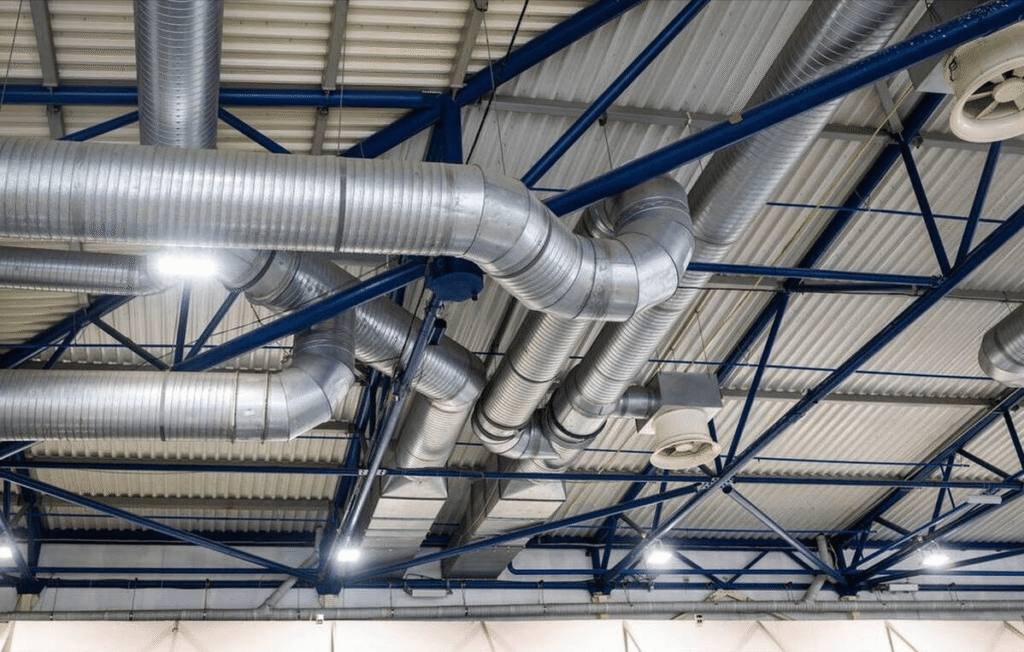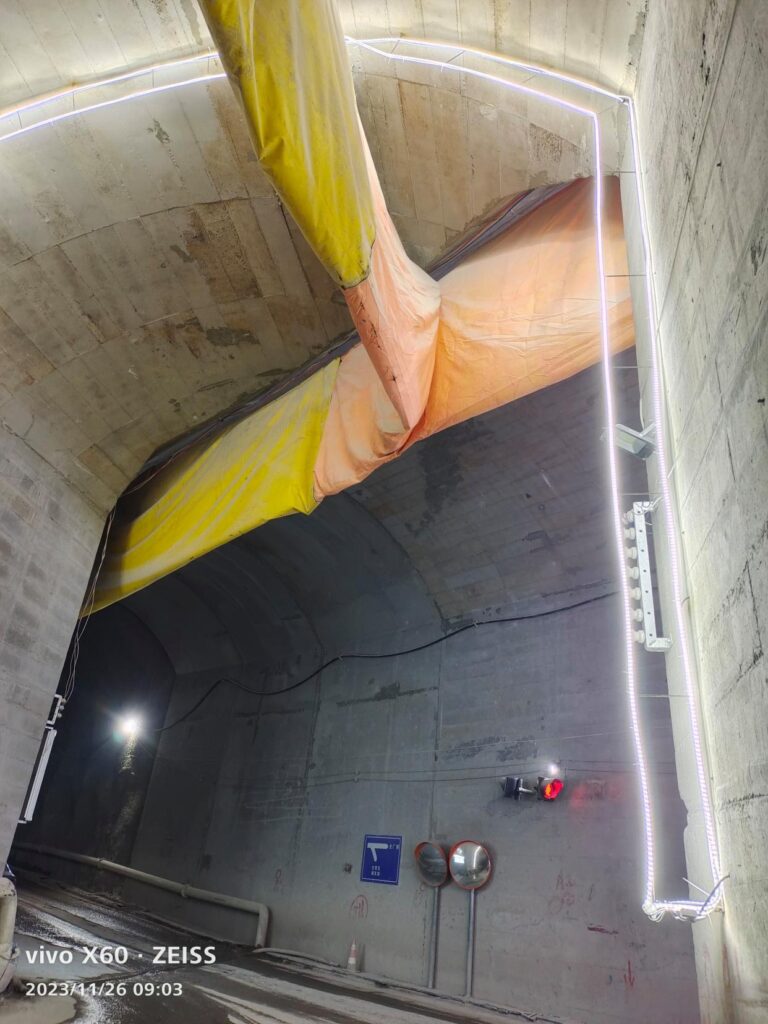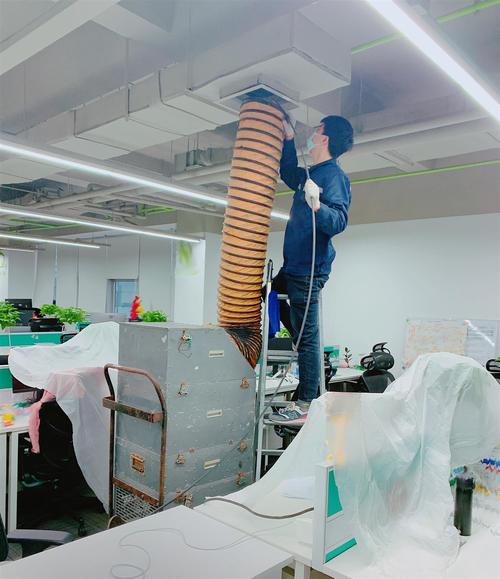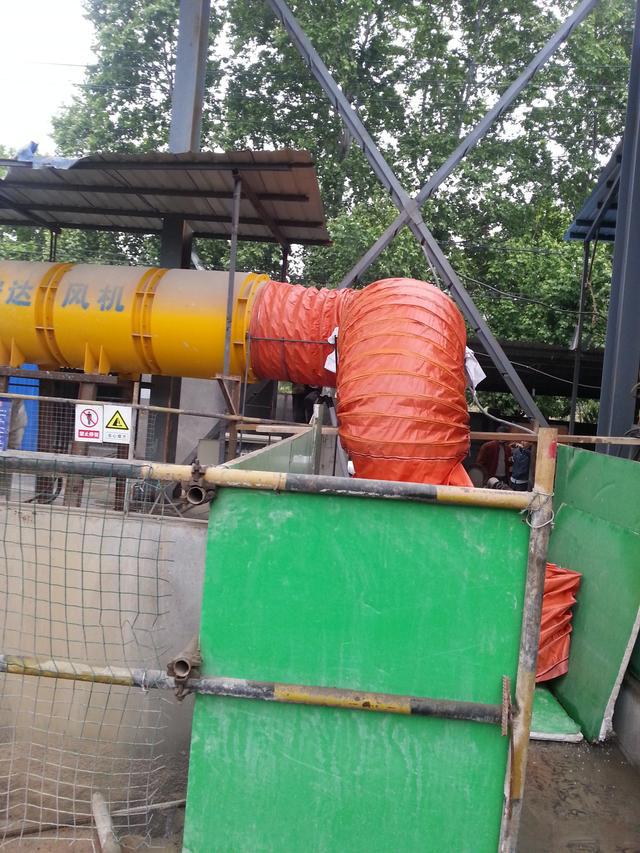Mining Ventilation Duct Hanging Techniques | Ensure Safe and
Efficient Mine Ventilation
A stable ventilation system is critical for mine safety, and proper hanging of ventilation ducts is essential for ensuring the system operates efficiently. This guide outlines detailed techniques, considerations, and maintenance tips for hanging mining ventilation ducts to help you improve airflow and extend duct lifespan.

1. Choose the Right Duct Material
Duct Material: Common materials include PVC, polyethylene (PE), and nylon. Ensure the duct has flame resistance, abrasion resistance, and corrosion resistance to withstand harsh mining environments.
Duct Type: Choose fire-resistant or non-fire-resistant ducts according to your mine’s safety requirements.
2. Preparation Before Hanging
- Inspect the Duct: Ensure there are no damages, cracks, or punctures that could reduce airflow efficiency.
- Check Hanging Equipment: Use strong and durable hooks, steel ropes, or straps capable of supporting the duct’s weight.
3. Hanging Height and Spacing
Hanging Height: Set the hanging height based on the mine layout and airflow direction. Ducts should be high enough to avoid obstructions.
Hanging Spacing: Install a support point every 3 to 5 meters to prevent sagging, deformation, or damage.

4. Maintain Proper Tension
- Avoid Loose Ducts: The duct should remain flat and taut to ensure optimal airflow and avoid displacement.
- Avoid Over-tightening: Excessive tension may damage the duct or loosen the hanging equipment.

5. Secure the Duct Properly
Use appropriate hooks, steel cables, or support rings to attach the duct securely to the mine structure.
- Fixation Point Spacing: Fix the duct every 3–5 meters with evenly distributed supports to maintain its shape and stability.
6. Prevent Duct Twisting
- No Twisting or Entanglement: Ensure the duct is hung straight and untangled during installation.
- Regular Inspections: Check for twisting, water accumulation, or damage to maintain smooth airflow.
7. Cleaning and Maintenance
- Clean Regularly: Remove dust, coal particles, and debris inside and outside the duct to avoid blockages.
- Check for Damage: Inspect for signs of aging, wear, or cracks. Replace damaged sections as needed.
8. Fire and Explosion Protection
- Flame-Resistant Materials: Especially important for coal mines and high-risk environments.
- Explosion-Proof Setup: Follow strict safety standards to prevent ignition or accumulation of explosive gases.
9. Correct Ventilation Direction
Ensure the airflow direction is accurate when installing the duct. Fresh air must be directed toward the working face to prevent air dead zones and backflow.
10. Emergency Handling and Backup
- Emergency Repairs: Damaged or dislodged ducts should be fixed immediately to maintain ventilation.
- Spare Ducts: Keep backup ventilation ducts and tools on hand for quick replacement during emergencies.

Conclusion: Proper Hanging Ensures Safe and Efficient Mine Ventilation
By implementing correct hanging techniques and regular maintenance, you can optimize ventilation, reduce downtime, extend duct service life, and improve overall mine safety and operational efficiency.
Contact Us | Get Ventilation Products & Technical Support
- Official Website: https://xinglianmining.com/
- WhatsApp: +86 182 1462 1901
- Email: [email protected]
Feel free to contact us for custom ventilation duct solutions, pricing, and technical support. We are committed to providing durable, efficient, and safe ventilation solutions for mining operations worldwide.
